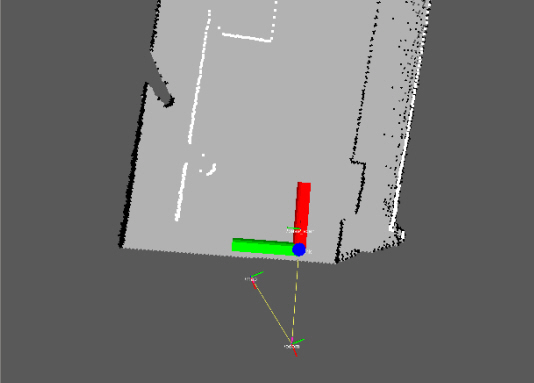the tf between /map and /odom is not static?
Hello everybody! This is a map in RVIZ. With the robot moving, the tf between /map and /odom is changing. And the tf change is not a gradual process, its change have an interval. In my opinion, the tf betweeen /map and /odom should be static. But it is not. Why? What's the difference between /odom and /map?

Thank you for your attention!


